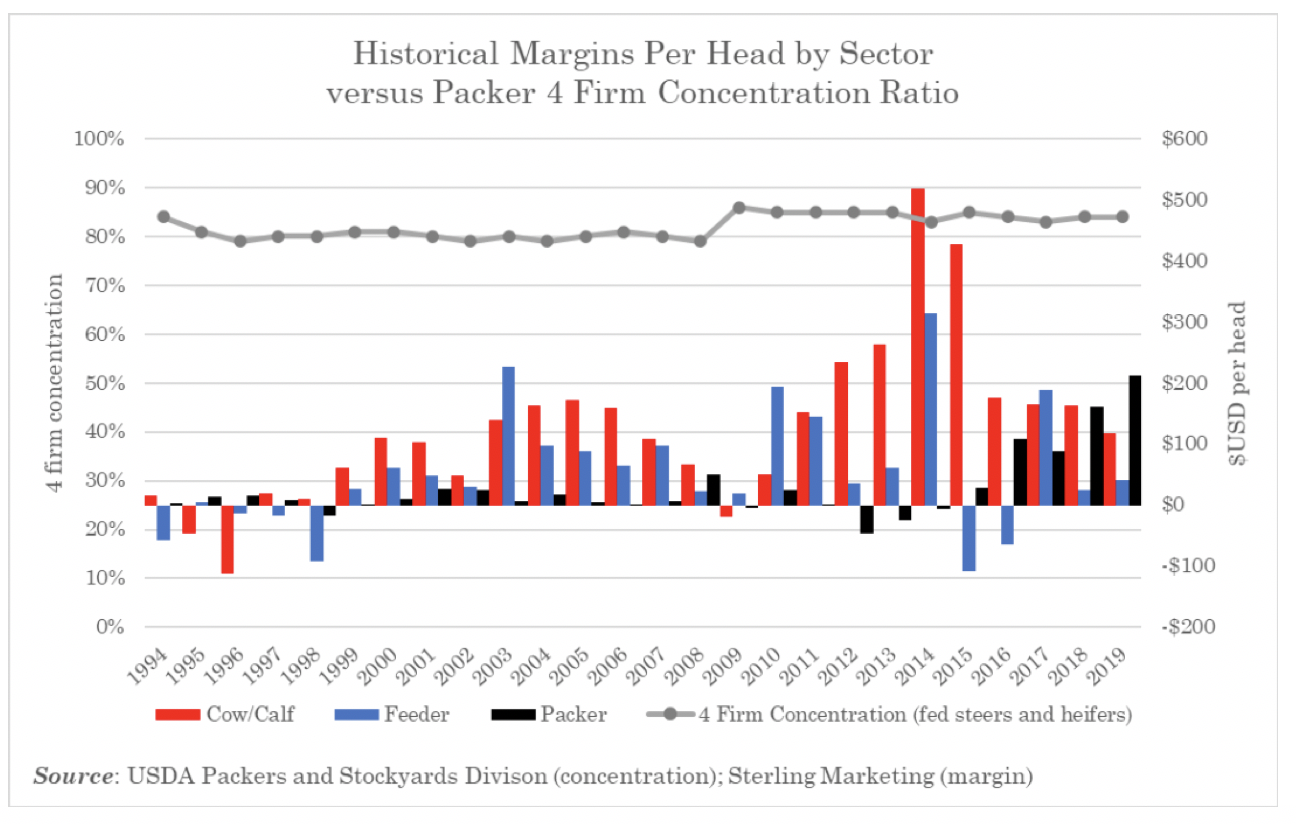Tyson Foods issued the following announcement on Sept. 8.
Tyson Foods (NYSE: TSN) categorically rejects the conclusions drawn earlier by the Secretary of Agriculture and the Director of the National Economic Council in a White House press briefing.
The U.S. Department of Agriculture recently published a report detailing the drivers of consumer inflation in the food sector, none of which are related to industry consolidation or scale. The report can be found by clicking here.
Increase in Beef Prices due to Unprecedented Market Conditions
As we have explained in great detail to the U.S. Senate Committee on the Judiciary, in testimony provided in August 2021, which can be accessed by clicking here, the increase in the price of beef, in particular, is due to unprecedented market conditions.
Multiple, unprecedented market shocks, including a global pandemic and severe weather conditions, led to an unexpected and drastic drop in meat processors’ abilities to operate at full capacity. This led to an oversupply of live cattle and an undersupply of beef, while demand for beef products was at an all-time high. So, as a result, the price for cattle fell, while the price for beef rose. Today, prices paid to cattle producers are rising.
Labor shortages – the inability of the industry to adequately staff its plants – has exacerbated the situation. Labor shortages are also affecting the nation’s pork and poultry supply.
Tyson Foods today pays its frontline workers an average of $22 per hour, including full medical benefits; we recently announced additional paid sick leave and vacation benefits starting in 2022. The company is also piloting childcare programs and providing access to vaccinations for all of its U.S. workers.
Inaccurate Claims of Consolidation Impact
It is inaccurate to suggest that consolidation in the meat processing industry is leading to higher prices for consumers. In fact, evidence of healthy competition can also be found by looking at historical outcomes. For example, we have seen a rise in availability and quality of beef, while the price has become more affordable over the past quarter-century: data shows that while the concentration of the industry has remained relatively constant for close to 30 years, quality has significantly improved.
Furthermore, as the U.S. Department of Agriculture table below clearly illustrates, the historical ratios of margins of cow and calf producers and feeders versus processors, including Tyson, show that cow and calf and feeder margins outpace processor margins in almost every year except the most recent.
Original source can be found here.

Source: Tyson Foods



 Alerts Sign-up
Alerts Sign-up